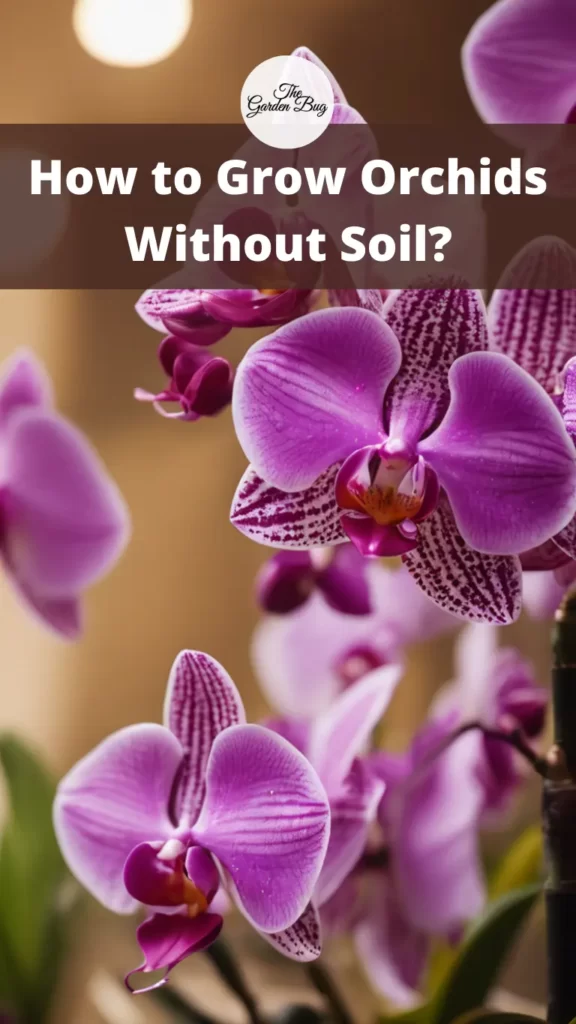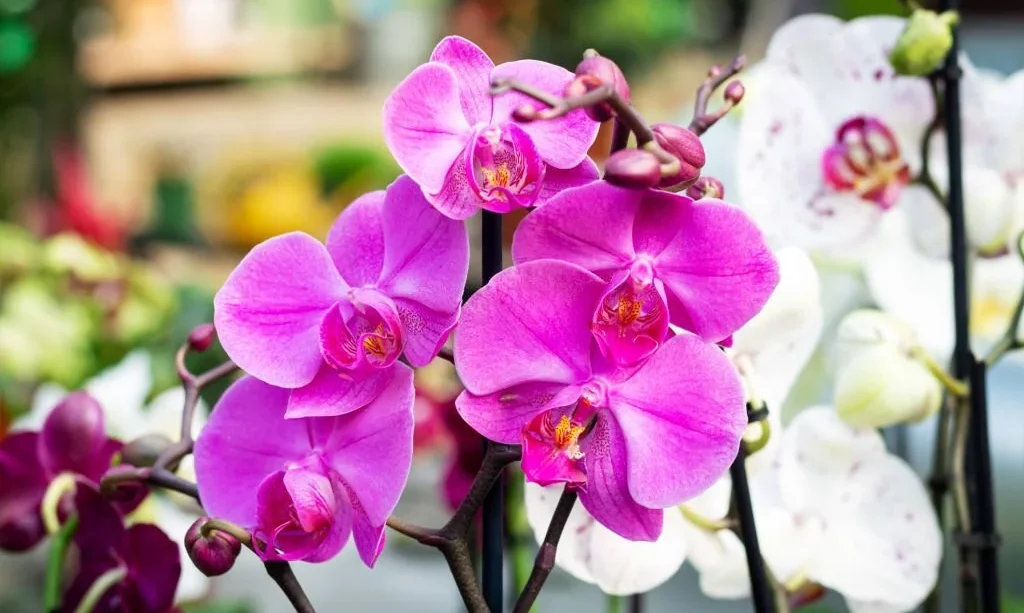The beauty of an orchid is undeniable. The exotic air they exude is matched only by the beauty of their blossoms. But did you know that you can grow them without any soil as all? True enough. It seems like a gimmick, but it’s actually rather plausible. The mystery behind soilless orchid cultivation will be revealed here.
Orchids and Their Natural Habitat
Let’s start out by learning more about these beautiful orchids. Orchids, which are members of the family Orchidaceae, are a massive flora family. They can be found flourishing everywhere from steamy jungles to freezing alpine peaks. The surprising part, though, is that many wild orchids actually don’t require soil to thrive. Instead, they are ‘epiphytes,’ or plants that grow on other surfaces like trees, rocks, and other hard surfaces. The plants get the water and nutrients they need through their exposed roots.
Basics of Soilless Growing Methods for Orchids
So, since orchids can grow in the wild without soil, it stands to reason that they can also thrive in our homes without it. Indeed, they are able to! Soilless culture, hydroponics, and semi-hydroponics are all terms used to describe the process of growing plants without soil. Orchids in a soilless culture are grown in a medium that supports the plant and allows it to take in nutrients and water, such as bark, moss, coconut husk, perlite, or clay pebbles. It’s normal to feel confused at first. In the following chapters, we’ll explore these tools and platforms in further detail. Hold tight!
Different Types of Soilless Media for Orchids
Alright, now let’s discuss the various soilless media options for cultivating our orchids. Bark from trees like fir and pine is a common option. The bark not only holds some moisture but also provides the ventilation that orchid roots require. You can also use sphagnum moss, which is more absorbent than bark, or chips made from coconut husks, a sustainable resource that provides great ventilation. Finally, we have the drainage and aeration aids, clay pebbles and perlite. Keep in mind that each orchid is unique and you may need to conduct some trial and error to figure out what works best for yours!
How to Set Up Your Orchids for Soilless Culture
Soilless culturing of your orchid is simple to set up. To begin, select a pot that is see-through and has numerous drainage holes; orchids benefit greatly from having their roots exposed to light and air. Then, carefully unpot the orchid, shaking out the old potting mix from the roots as you go. Carefully transfer the orchid to the new container and fill it with the soilless medium you’ve chosen. Easy-peasy!
Caring for Soilless Orchids
The absence of soil is not indicative of a lack of attention, though. The roots of your orchid should be kept moist, but not soaked, at all times. Water-soluble orchid fertilizer should be diluted as directed on the packaging and fed to your plant. Keep in mind that light is essential, so a windowsill facing north or east is ideal. Finally, keep an eye out for symptoms of pests and diseases on your orchid.
Conclusion
Finally, the secret to growing orchids in water alone is revealed. It’s not as easy as it seems, but it’s a fascinating and gratifying pastime once you figure it out. Try it out, and see your orchids flourish on a variety of soilless medium. They can survive without soil in the wild; why not bring some of that independence and independence into our homes? All the best with your gardening endeavors!




